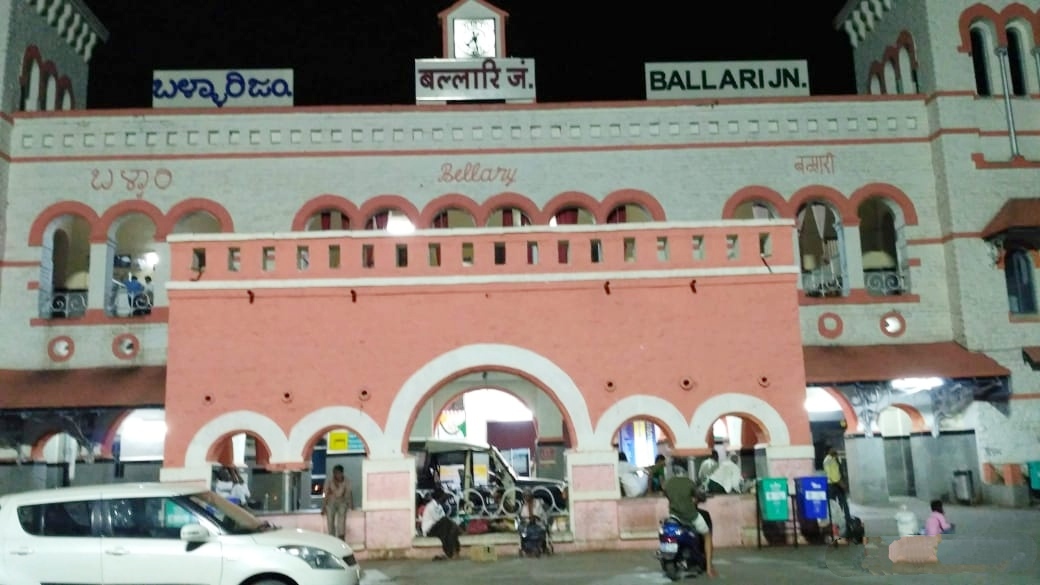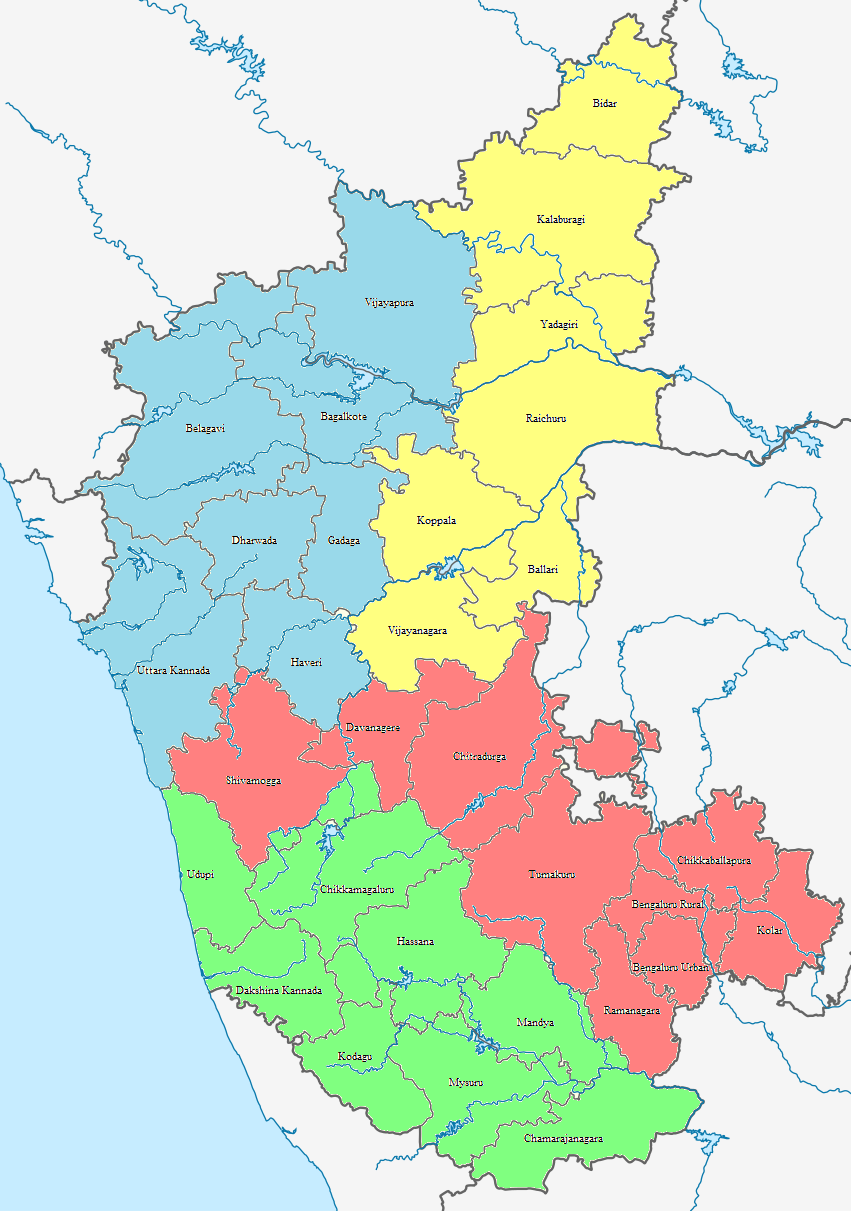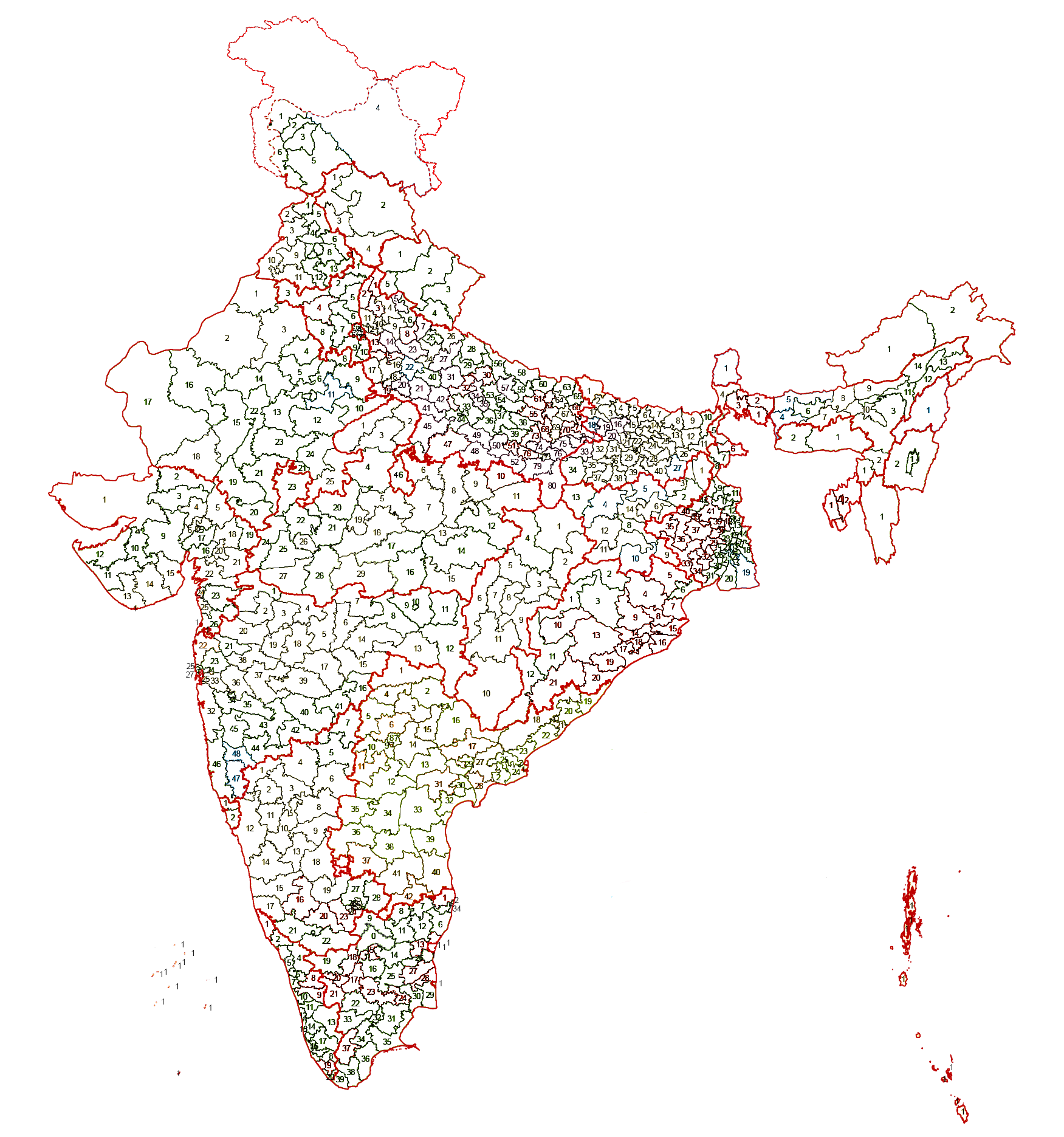|
Nadivi
Nadivi is a village in the Siraguppa taluk of Bellary district in Karnataka state, India. Demographics Per the 2011 Census of India, Nadivi has a total population of 3277; of whom 1648 are male and 1629 female. Importance Nadivi is famous for the Ancient fort located in the village. See also *Maski *Siraguppa *Tekkalakote *Bellary Bellary, officially Ballari, in the eponymous Bellary district, is a city in the state of Karnataka, India. History Bellary was a part of Rayalaseema (Ceded Districts) which was part of Madras Presidency till 1 November 1956. The Ball ... References {{Settlements in Bellary district Villages in Bellary district Archaeological sites in Karnataka Forts in Karnataka ... [...More Info...] [...Related Items...] OR: [Wikipedia] [Google] [Baidu] |
Tekkalakote
Tekkalakote, also known as Tekkalkota is a Panchayat town, and Pre-historic Neolithic site in Siruguppa taluk of Ballari district in the Indian state of Karnataka. Demography India census, Tekkalakote had a population of 23,536. Males constitute 52% of the population and females 48%. Tekkalakote has an average literacy rate of 30%, lower than the national average of 59.5%. Literacy of males and females are 41% and 25% respectively. The town's literacy percentage is increasing gradually. Agriculture Tekkalakote is one of the major paddy-growing towns in the district of Ballari. It also has three rice mills. Major crops grown here are paddy and cotton, while Navane, chilli, bajra, jowar, and maize are grown as minor crops. Agriculture lands are irrigated and rain-fed. Importance Tekkalakote is a pre-historic neolithic site and has shown an evidence of elaborate gold ear ornaments. Tekkalakote hill has evidence of pre-historic(Neolithic) rock paintings in India along with ... [...More Info...] [...Related Items...] OR: [Wikipedia] [Google] [Baidu] |
States And Territories Of India
India is a federal union comprising 28 states and 8 union territories, with a total of 36 entities. The states and union territories are further subdivided into districts and smaller administrative divisions. History Pre-independence The Indian subcontinent has been ruled by many different ethnic groups throughout its history, each instituting their own policies of administrative division in the region. The British Raj mostly retained the administrative structure of the preceding Mughal Empire. India was divided into provinces (also called Presidencies), directly governed by the British, and princely states, which were nominally controlled by a local prince or raja loyal to the British Empire, which held ''de facto'' sovereignty ( suzerainty) over the princely states. 1947–1950 Between 1947 and 1950 the territories of the princely states were politically integrated into the Indian union. Most were merged into existing provinces; others were organised into ... [...More Info...] [...Related Items...] OR: [Wikipedia] [Google] [Baidu] |
Karnataka
Karnataka (; ISO: , , also known as Karunāḍu) is a state in the southwestern region of India. It was formed on 1 November 1956, with the passage of the States Reorganisation Act. Originally known as Mysore State , it was renamed ''Karnataka'' in 1973. The state corresponds to the Carnatic region. Its capital and largest city is Bengaluru. Karnataka is bordered by the Lakshadweep Sea to the west, Goa to the northwest, Maharashtra to the north, Telangana to the northeast, Andhra Pradesh to the east, Tamil Nadu to the southeast, and Kerala to the southwest. It is the only southern state to have land borders with all of the other four southern Indian sister states. The state covers an area of , or 5.83 percent of the total geographical area of India. It is the sixth-largest Indian state by area. With 61,130,704 inhabitants at the 2011 census, Karnataka is the eighth-largest state by population, comprising 31 districts. Kannada, one of the classical languages of India, ... [...More Info...] [...Related Items...] OR: [Wikipedia] [Google] [Baidu] |
List Of Districts Of India
A district ('' zila'') is an administrative division of an Indian state or territory. In some cases, districts are further subdivided into sub-divisions, and in others directly into ''tehsils'' or ''talukas''. , there are a total of 766 districts, up from the 640 in the 2011 Census of India and the 593 recorded in the 2001 Census of India. District officials include: *District Magistrate or Deputy Commissioner or District Collector, an officer of the Indian Administrative Service, in charge of administration and revenue collection *Superintendent of Police or Senior Superintendent of Police or Deputy Commissioner of Police, an officer belonging to the Indian Police Service, responsible for maintaining law and order *Deputy Conservator of Forests, an officer belonging to the Indian Forest Service, entrusted with the management of the forests, environment and wildlife of the district Each of these officials is aided by officers from the appropriate branch of the state governme ... [...More Info...] [...Related Items...] OR: [Wikipedia] [Google] [Baidu] |
Bellary District
Bellary, officially known as Ballari (pronounced ), is a major district in Karnataka. It is located at north-eastern part of Karnataka. This district belongs to Kalyana-Karnataka. This district was one of the biggest districts in Karnataka until the Vijayanagara district was carved out of Ballari district in 2021 officially. This district has the highest deposits of iron ore in India. Historical sites, farm land and rich minerals characterize Ballari district. Recently making headlines with mining industry, Ballari, the district's capital, is known as Steel City and Gani Nadu (City of Mining). History Earlier Ballari district was part of Madras presidency. The area was severely affected by the Great Famine of 1876–78. After Indian independence, when the Indian states were reorganized along linguistic lines, Ballari became part of the Kalyana-Karnataka region of the state of Karnataka, now renamed as Kalyana-Karnataka. In 1882, Anantapur District was formed by carving ou ... [...More Info...] [...Related Items...] OR: [Wikipedia] [Google] [Baidu] |
Taluks Of Karnataka
Karnataka has about 240 Talukas. The table below lists all the talukas in the state of Karnataka, India, by district. The urban status is listed for the headquarters town of the taluka, rural talukas are much larger. Urban status follows the census standard. Level of each administration. * City Corporation (''Mahanagara Palike)'' * City Municipal Council (''Nagarasabe)'' * Town Municipal Council (''Purasabe)'' * Town Panchayat (''Pura Panchayiti)'' * Village Panchayat (''Grama Panchayiti'') References {{Karnataka topics Taluks of Karnataka, Davanagere Dt. Channagiri |
Siraguppa
Siruguppa is a town and headquarters of the Siruguppa taluk and second largest city in Ballari district after Hospete carved out of Ballari district of Indian state of Karnataka. Etymology The name Siruguppa is derived from two Kannada words ''siri'' (wealth) and ''kuppe'' (hoard/ pile/ heap). This region was known for its prosperity during the famed Vijayanagara Empire. History The history of the region dates back to the Mauryas. Inscriptions of king Ashoka are found in the Nittur village of the taluk. Tekkalakote which is at 12 km distance from taluk head quarters has shown evidence of prehistoric neolithic rock paintings.The region was subsequently ruled by many famous dynasties like Chalukyas, Vijayanagara Empire. As a taluk headquarter During the British rule, the region around Siruguppa was made a taluk on 1 October 1910 after merging 46 villages from Bellary taluk, 29 from Adoni taluk and 23 from Alur taluk. However Siruguppa taluk was abolished on 1 April 1923. Once ... [...More Info...] [...Related Items...] OR: [Wikipedia] [Google] [Baidu] |
List Of Constituencies Of The Lok Sabha
The Lok Sabha, the lower house of the Parliament of India, is made up of Members of Parliament ( MPs). Each MP, represents a single geographic constituency. There are currently 543 constituencies while maximum seats will fill up to 550 (after article 331- 2 seats reserved for Anglo Indian but by 104th Constitution Amendment article 331 is null by parliament , before this amendment maximum seat will 552) The maximum size of the Lok Sabha as outlined in the Constitution of India is 552 members, made up of up to 524 members representing people of 28 states and 19 members representing people of 8 Union territories on the basis of their population. Delimitation of constituencies Under the Delimitation Act of 2002, the Delimitation Commission of India has redefined the list of parliamentary constituencies, their constituent assembly segments and reservation status (whether reserved for Scheduled castes (SC) candidates or Scheduled tribes (ST) candidates or unreserved). 2008 Karna ... [...More Info...] [...Related Items...] OR: [Wikipedia] [Google] [Baidu] |
Gram Panchayat
Gram Panchayat () is a basic village-governing institute in Indian villages. It is a democratic structure at the grass-roots level in India. It is a political institute, acting as cabinet of the village. The Gram Sabha work as the general body of the Gram Panchayat. The members of the Gram Panchayat are elected by the Gram Sabha. There are about 250,000+ Gram Panchayats in India. History Established in various states of India, the Panchayat Raj system has three tiers: Zila Parishad, at the district level; Panchayat Samiti, at the block level; and Gram Panchayat, at the village level. Rajasthan was the first state to establish Gram Panchayat, Bagdari Village (Nagaur District) being the first village where Gram Panchayat was established, on 2 October 1959. The failed attempts to deal with local matters at the national level caused, in 1992, the reintroduction of Panchayats for their previously used purpose as an organisation for local self-governance. Structure Gram P ... [...More Info...] [...Related Items...] OR: [Wikipedia] [Google] [Baidu] |
Kannada
Kannada (; ಕನ್ನಡ, ), originally romanised Canarese, is a Dravidian language spoken predominantly by the people of Karnataka in southwestern India, with minorities in all neighbouring states. It has around 47 million native speakers, and was additionally a second or third language for around 13 million non-native speakers in Karnataka. Kannada was the court language of some of the most powerful dynasties of south and central India, namely the Kadambas, Chalukyas, Rashtrakutas, Yadava Dynasty or Seunas, Western Ganga dynasty, Wodeyars of Mysore, Nayakas of Keladi Hoysalas and the Vijayanagara empire. The official and administrative language of the state of Karnataka, it also has scheduled status in India and has been included among the country's designated classical languages.Kuiper (2011), p. 74R Zydenbos in Cushman S, Cavanagh C, Ramazani J, Rouzer P, ''The Princeton Encyclopedia of Poetry and Poetics: Fourth Edition'', p. 767, Princeton Unive ... [...More Info...] [...Related Items...] OR: [Wikipedia] [Google] [Baidu] |
Indian Standard Time
Indian Standard Time (IST), sometimes also called India Standard Time, is the time zone observed throughout India, with a time offset of UTC+05:30. India does not observe daylight saving time or other seasonal adjustments. In military and aviation time, IST is designated E* ("Echo-Star"). It is indicated as Asia/Kolkata in the IANA time zone database. History After Independence in 1947, the Union government established IST as the official time for the whole country, although Kolkata and Mumbai retained their own local time (known as Calcutta Time and Bombay Time) until 1948 and 1955, respectively. The Central observatory was moved from Chennai to a location at Shankargarh Fort in Allahabad district, so that it would be as close to UTC+05:30 as possible. Daylight Saving Time (DST) was used briefly during the China–India War of 1962 and the Indo-Pakistani Wars of 1965 and 1971. Calculation Indian Standard Time is calculated from the clock tower in Mirzapur nearly exa ... [...More Info...] [...Related Items...] OR: [Wikipedia] [Google] [Baidu] |
Postal Index Number
A Postal Index Number (PIN; sometimes redundantly a PIN code) refers to a six-digit code in the Indian postal code system used by India Post. On 15 August 2022, the PIN system celebrated its 50th anniversary. History The PIN system was introduced on 15 August 1972 by Shriram Bhikaji Velankar, an additional secretary in the Government of India's Ministry of Communications. The system was introduced to simplify the manual sorting and delivery of mail by eliminating confusion over incorrect addresses, similar place names, and different languages used by the public. PIN structure The first digit of a PIN indicates the zone, the second indicates the sub-zone, and the third, combined with the first two, indicates the sorting district within that zone. The final three digits are assigned to individual post offices within the sorting district. Postal zones There are nine postal zones in India, including eight regional zones and one functional zone (for the Indian Army). The f ... [...More Info...] [...Related Items...] OR: [Wikipedia] [Google] [Baidu] |


